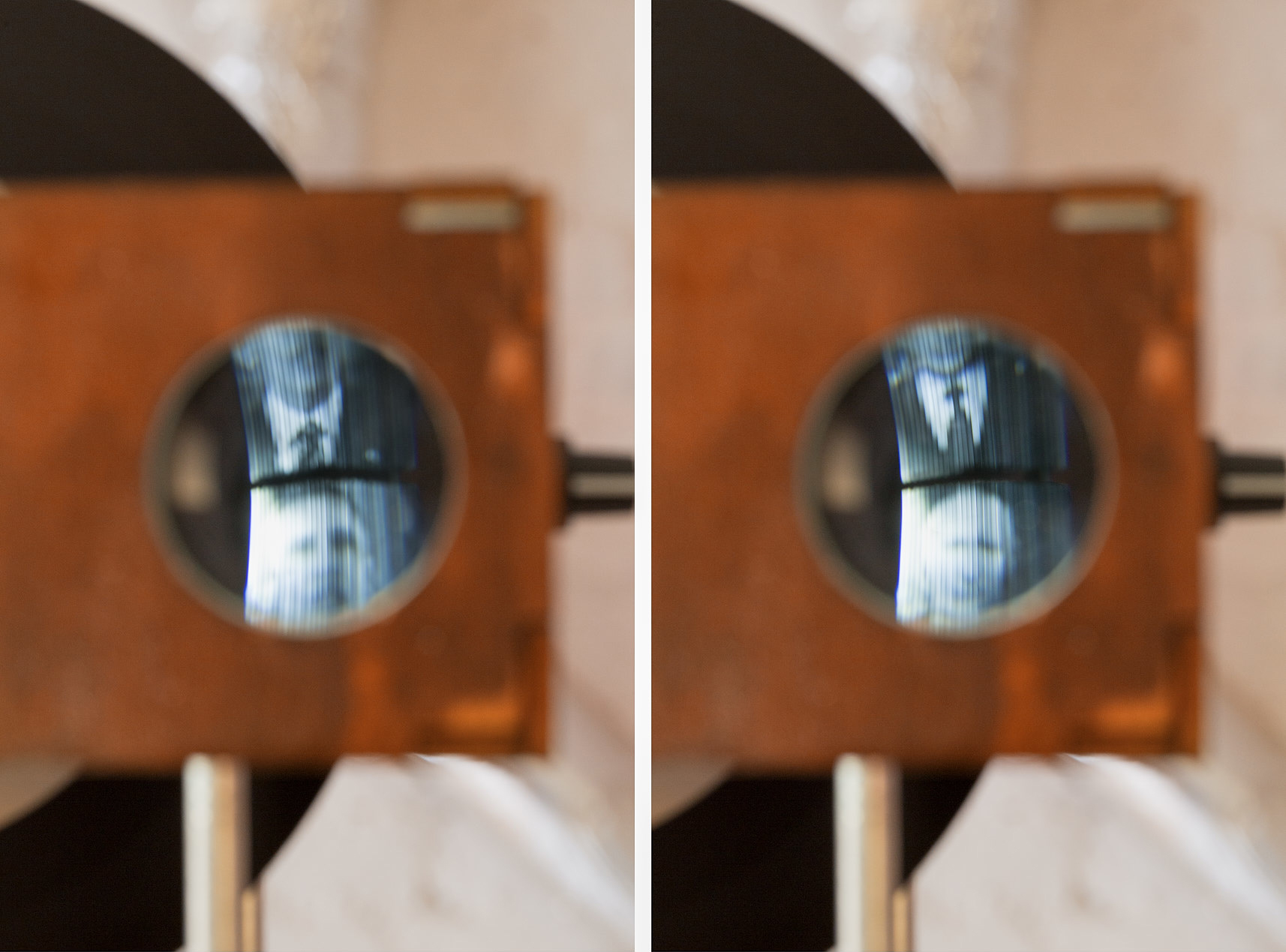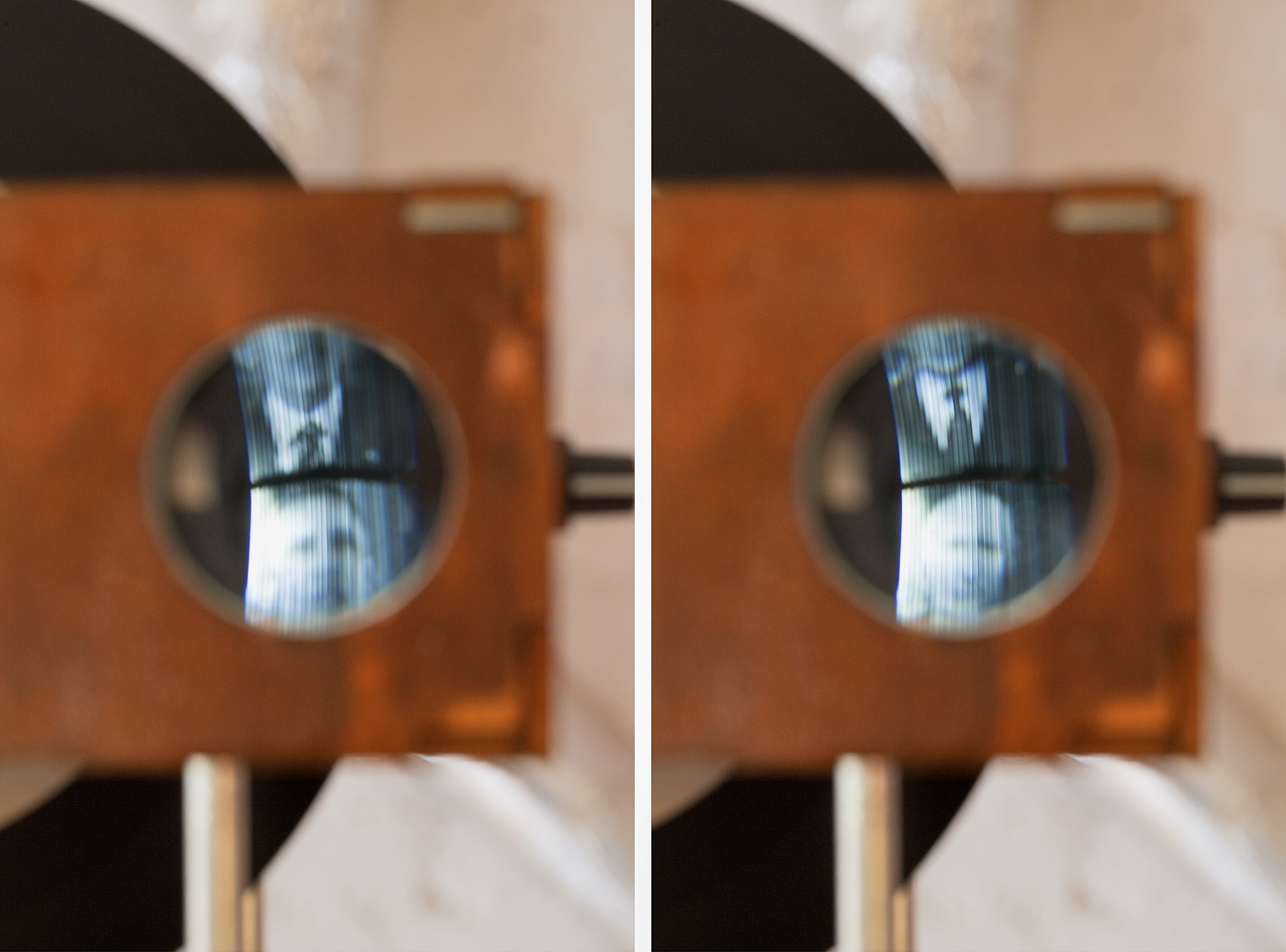Obsolete Media I 2017
There is almost a century between the advent of television and the today media conglomerates. The goals, formats and missions have changed, as well the presence of the artifact in the house of the consumers; but this whole process seems to show more and more the non-neutral character of this technology. From studies and models of mechanical TV sets, Polar TV has been developed as a television with two mutually dependent image outputs located on opposite sides of the apparatus. It's a "reciprocal dependency" relationship because they depend on the same disc, even if they pulsate different signals.
The process for the production of this TV lasted a year and was developed within the seminar "Mechanical Television" by Björn Speidel at the UdK. Hazal Kara and Caroline Neumann are attempting to raise questions about the biased media coverage of television programs with examples from Turkey and Brazil, where large demonstrations by TV stations were boycotted. They also experiment with the Kuleshov effect about what is reflected in the minds of the public when they see images of ordinary men and women who are confronted with recognized faces of politicians. And finally, they play with Snapchat, the app that seems to rediscover some of the original expectations of television: to transport faces over long distances.


photo credit Standard International
video credit Carol Neumannl
Standard International #4 Spatial Clearings I GLINT Gallery Berlin I 2017